What Are Microphone Covers For?
Microphone covers, often underestimated, play a crucial role in audio recording and live sound environments. Though small and seemingly simple, these covers enhance sound quality, protect microphones, and improve the overall user experience. This article delves into the specific purposes and benefits of microphone covers, helping to clarify why they are an essential accessory for anyone serious about audio production.
Understanding Microphone Covers
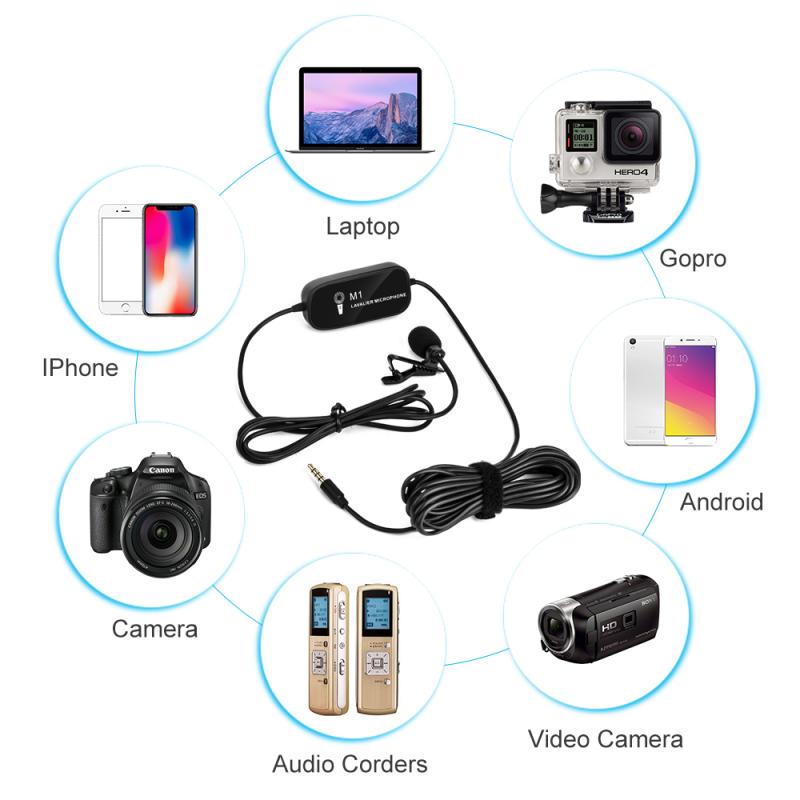
Microphone covers, also known as windshields, pop filters, or foam covers, come in various forms and materials depending on their intended use. Here are some of the most common types:
1. Foam Covers: These are generally used for hand-held microphones. Made from soft foam, they fit snugly over the microphone head to serve multiple purposes.
2. Pop Filters: These are often seen in recording studios and look like a circular screen that is placed in front of a microphone. They are usually made of nylon or metal mesh.
3. Windscreens: Larger and often fur-covered, these are used primarily for outdoor recordings to protect against wind noise.
Each of these covers serves a distinct purpose but shares the common goal of improving audio quality.
Enhancing Sound Quality
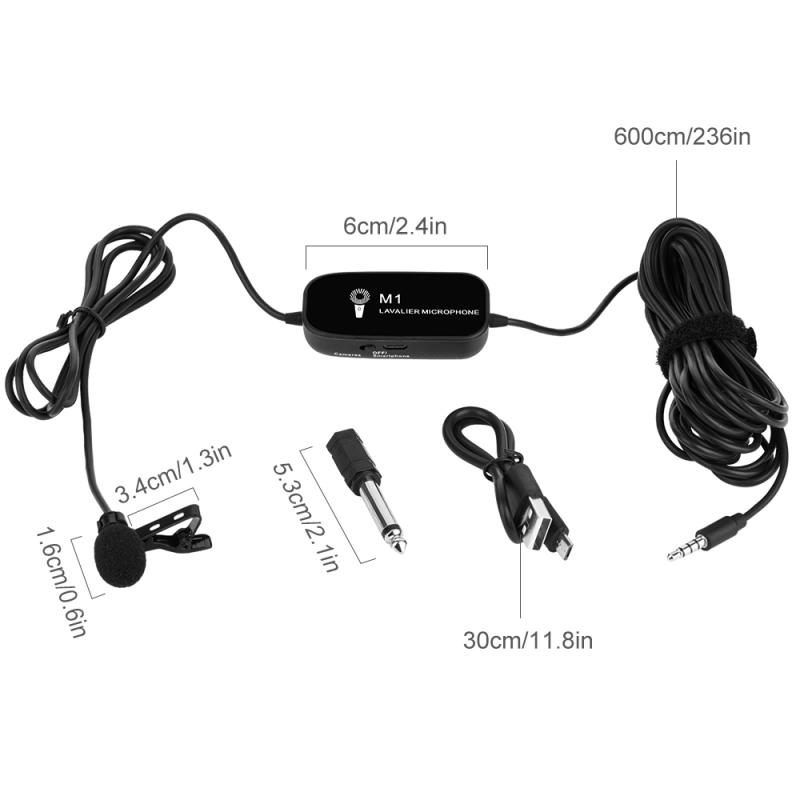
One of the primary functions of a microphone cover is to enhance sound quality by managing unwanted sounds. Here are the main ways they achieve this:
Reducing Plosive Sounds
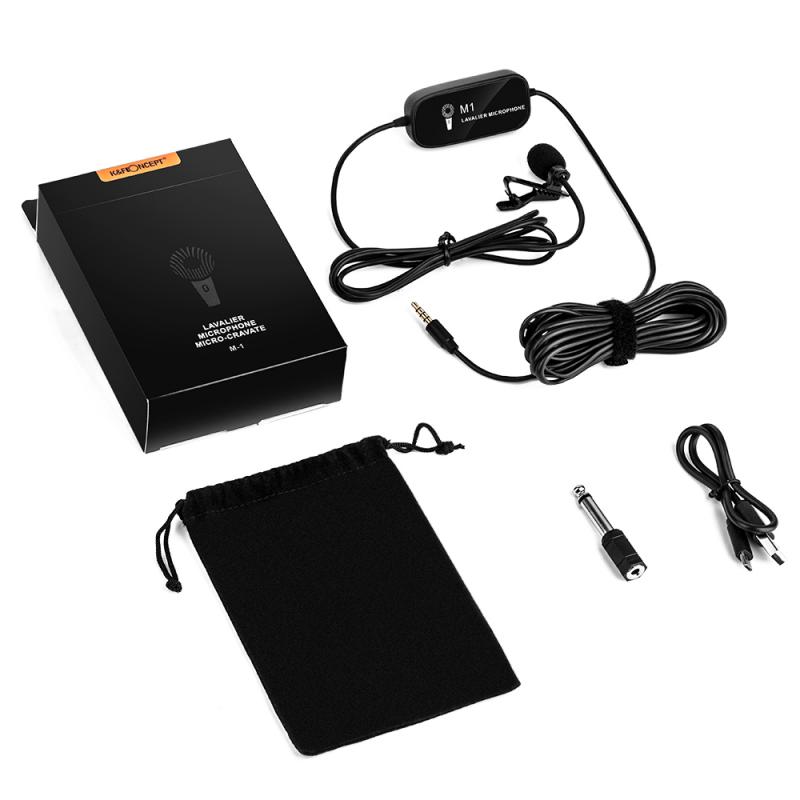
Plosive sounds occur when fast-moving air hits the microphone directly, producing a 'pop' noise. Common plosives include sounds like 'p' and 'b.' Pop filters and foam covers are particularly effective in reducing these disruptions, making them essential for vocal recordings.
Minimizing Wind Noise
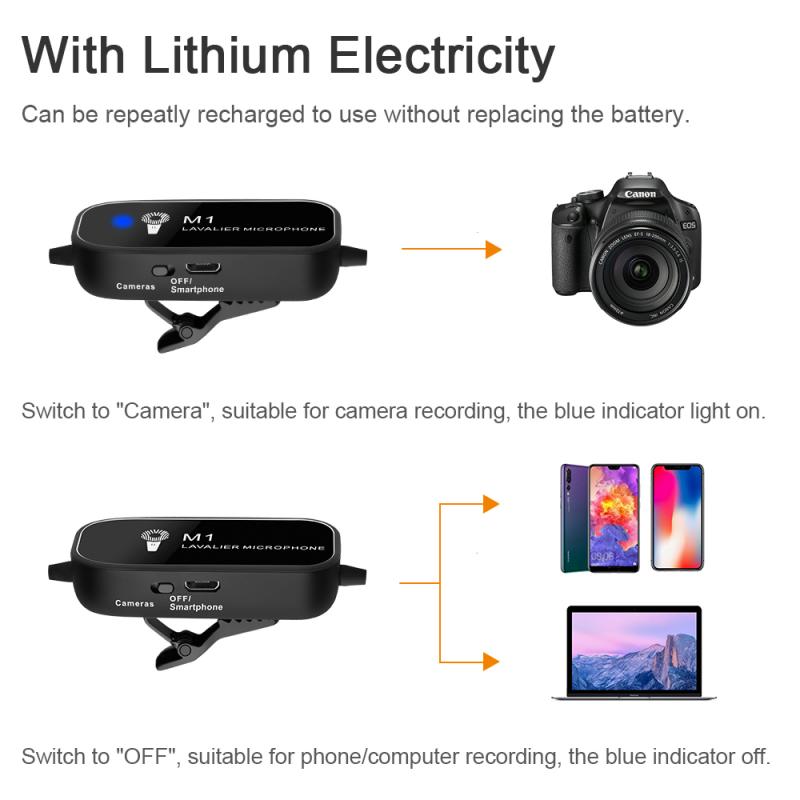
For outdoor recordings, wind can be a significant problem. Windscreens are designed to reduce wind noise without compromising the quality of the recorded sound. They achieve this by dispersing wind energy around the microphone rather than allowing it to hit the microphone directly.
Lowering Ambient Noise
Microphone covers can also help in reducing ambient noise. Foam covers, for example, can absorb some background sounds, allowing the primary audio source to come through more clearly. This is especially useful in environments with constant background hums or noises.
Protecting the Microphone
Microphones are delicate instruments, susceptible to damage from dust, moisture, and even physical impact. Microphone covers serve as a protective barrier, extending the lifespan of your equipment.
Shielding from Dust and Debris
Dust and small debris can severely affect a microphone's performance. Foam covers act as a first line of defense, trapping dust and debris before they reach the microphone's internal components.
Moisture Protection
Human speech naturally contains moisture, which can accumulate on the microphone over time. Pop filters and foam covers prevent this moisture from reaching the sensitive electronic components, reducing the risk of corrosion and long-term damage.
Physical Protection
While not a substitute for a sturdy case, foam covers provide a degree of physical protection. They can cushion the microphone against minor impacts and drops, which is particularly useful for hand-held microphones used in live settings.
Enhancing User Experience
Beyond sound quality and protection, microphone covers also improve the user experience in several ways.
Comfort and Hygiene
Foam covers make hand-held microphones more comfortable to hold and use. Additionally, they can be easily removed and sanitized, which is particularly important in settings where multiple users handle the same microphone, such as in karaoke bars, interviews, or radio stations.
Professional Appearance
Microphone covers add a degree of professionalism to any setup. In live sound environments, a well-fitted windscreen or foam cover can make the microphone blend seamlessly with other equipment, contributing to a polished appearance.
Considerations for Choosing a Microphone Cover
Not all microphone covers are created equal. The choice of cover should depend on your specific needs and the environment in which you will be using the microphone.
Material
The material of the cover affects its performance. Foam covers are lightweight and effective for indoor use, but they may not provide sufficient protection in outdoor settings where wind noise is a concern. Windscreens made of synthetic fur are better suited for such environments.
Size and Fit
A cover that does not fit properly will not perform its function effectively. Ensure that the cover you choose is designed to fit your specific microphone model. Many manufacturers produce covers tailored to their microphone designs, which is worth considering for optimal performance.
Durability
Consider the durability of the cover, especially if you expect frequent use. Higher-quality materials may cost more upfront but can save money in the long run by lasting longer and providing better protection.
Applications in Different Settings
Different environments require different types of microphone covers. Here’s how they are commonly used across various settings:
Studio Recording
In a controlled studio environment, pop filters and foam covers are incredibly beneficial. They ensure that vocal recordings are clear and free from plosive sounds, making post-production easier and more efficient.
Live Performances
For live performances, foam covers not only enhance sound quality but also protect the microphone from physical damage. They are essential for ensuring that performances go off without a hitch, even with the rigors of live handling.
Field Recording
Field recording, often done outdoors, benefits immensely from the use of windscreens. These covers make it possible to capture high-quality audio even in windy conditions, making them indispensable for journalists, filmmakers, and nature documentarians.
Broadcasting
Whether in a radio station or a podcasting setup, microphone covers serve multiple purposes. They improve audio clarity, protect equipment, and ensure hygiene, especially important when equipment is shared among multiple users.
Innovations and Trends
The audio industry continually evolves, and microphone covers are no exception. Recent innovations have led to covers that offer enhanced features, such as better moisture resistance and improved noise reduction capabilities. Additionally, eco-friendly materials are becoming more popular, aligning with broader environmental sustainability trends.
Some high-end models now incorporate antimicrobial properties, further ensuring hygiene—an increasingly significant consideration in a post-pandemic world.
Microphone covers may seem like a minor accessory, but they offer significant benefits in terms of sound quality, equipment protection, and user experience. Whether you are a professional in a recording studio, a live performer, a podcaster, or an outdoor journalist, investing in the right microphone cover can make a noticeable difference. By choosing the appropriate cover for your specific needs, you can ensure that your recordings are crisp, clear, and free from unwanted noise, all while extending the lifespan of your valuable equipment.


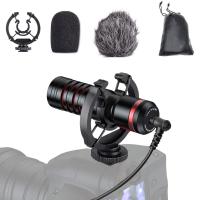
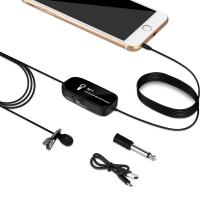
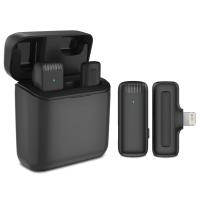

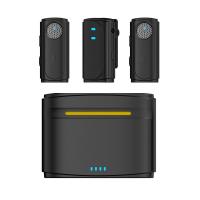
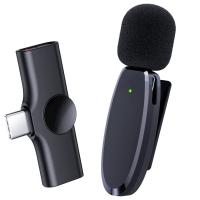
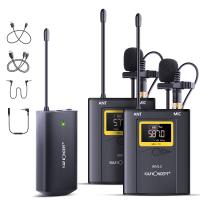
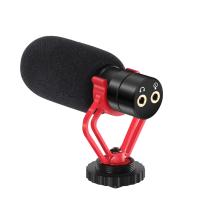
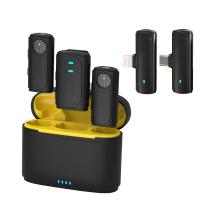
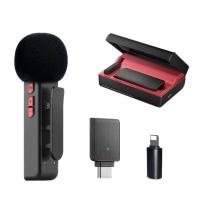
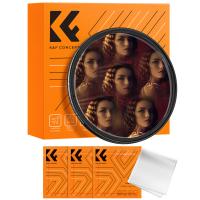

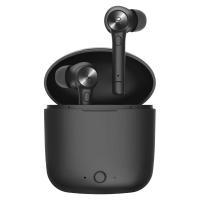
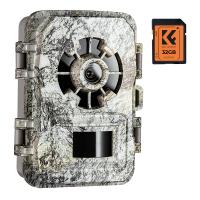
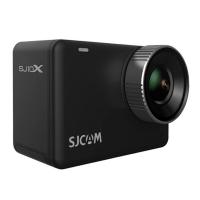
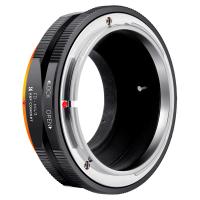
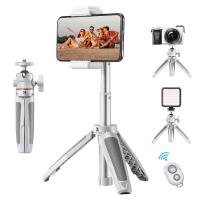



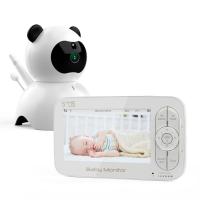

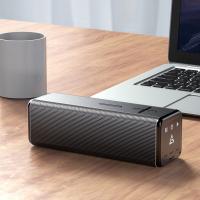
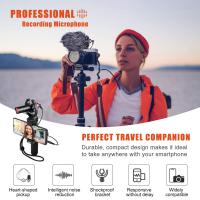



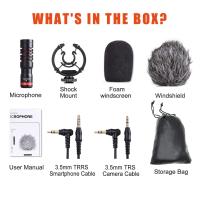
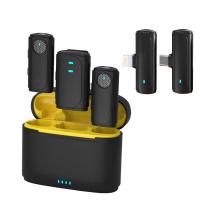




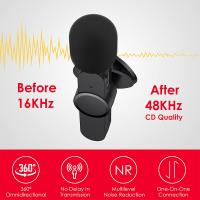


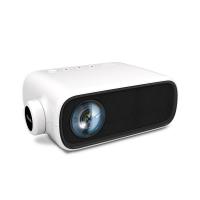
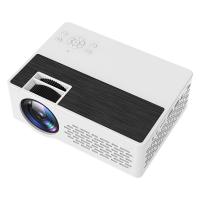

There are no comments for this blog.